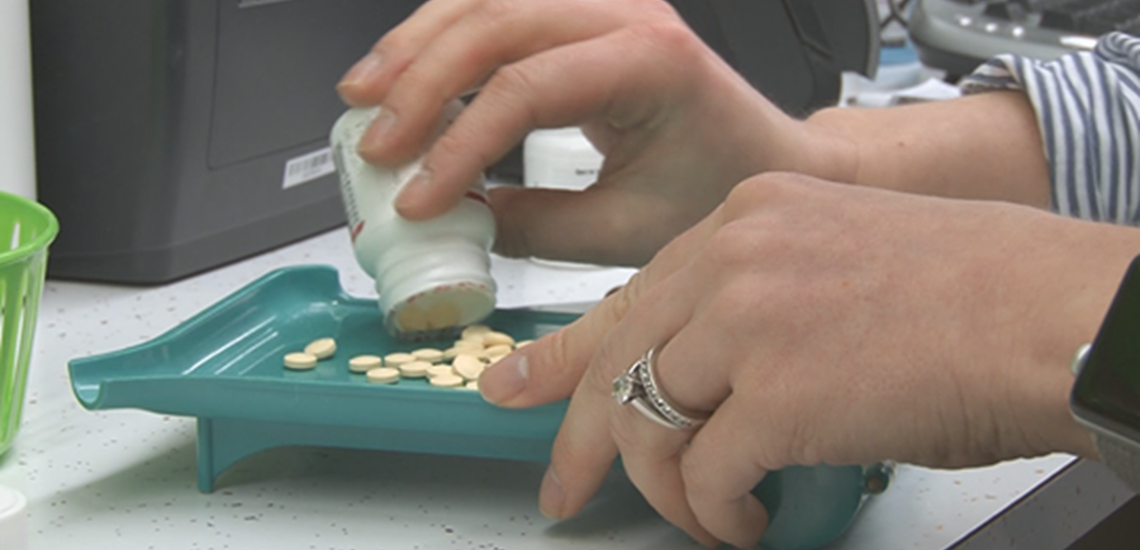New AR Medical Board guidelines limit opioid over-prescribing

LITTLE ROCK, Ark. (KTHV) - Doctors in Arkansas have new guidelines to follow when prescribing opioids, as The Arkansas Medical Board adopted CDC guidelines Tuesday, July 18.
The long-term goal is to reduce the number of prescriptions in the state and these adopted guidelines will give doctors a clear picture of what is an appropriate amount to prescribe.
"Arkansas is number two in the nation for their prescribing rate," said State Drug Director Kirk Lane.
In 2016, Arkansas prescribed 114.6 prescriptions per every 100 people -- compared to the national rate of 66.5 prescriptions per 100 people.
"There’s a nationwide opioid epidemic. We're in the middle of it," said Dr. G. Richard Smith with UAMS.
In an effort to lower the number of prescriptions in Arkansas, the State Medical Board adopted the CDC's guidelines, defining 'excessive' as more than 50 morphine milligram equivalents per day, with a seven-day prescribing limit for acute pain treatment.
"Up until now there had been no formal definition of what excessive was," said Smith. “Now that we're making people aware that these levels are excessive, the doctors are trying to reduce the dose whenever they can."
The proposal doesn't apply to all patients like those in hospice care or fighting cancer. However, if your doctor believes you need more than the recommended amount, they're required to prove why.
The changes include a new mandate for doctors to get an hour of prescriber education to understand the guidelines and what alternatives there are to opioids.
"We'll save lives because we see states reducing their prescribing limits and we need to stop being an opioid-dependent population, which Arkansas has become," said Lane.
Lane and Smith both want doctors to learn pain treatment alternatives.
“There’s physical therapy, there’s acupuncture, there’s yoga,” said Smith. “They do work. They’re not as simple as taking a pill, but they do work.”
UAMS started a weekly, free tele-video program called AR-Impact earlier this year. It teaches doctors new approaches to treat pain in order to avoid or reduce opioid usage.